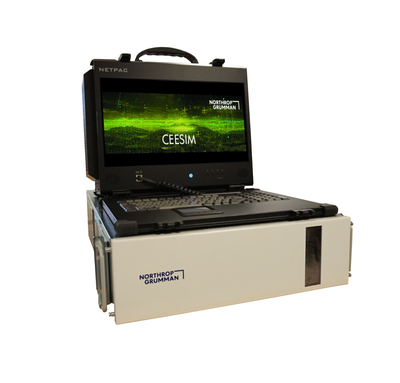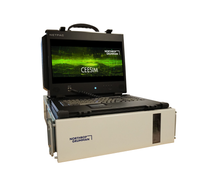Preventivo Rapido: Northrop Grumman COMPACT CEESIM-VPX
Northrop Grumman COMPACT CEESIM-VPX
CEESIM-VPX; Combat Electromagnetic Environment Simulator, 0.5 to 18 GHz, Single
Channel, 4 Ports of Phase, Amplitude and TDOA Outputs
Modello
COMPACT CEESIM-VPXFamiglia di prodotti
RF & Microwave Signal GeneratorsProduttore
Northrop GrummanI modelli configurati contengono le seguenti caratteristiche:
RF & Microwave Signal GeneratorsRF Generators 18-39 GHzConfigurazioni
Specifiche chiave
Panoramica del prodotto
Risorse
Scegli la configurazione
Show:
Opzioni disponibili per Northrop Grumman COMPACT CEESIM-VPX
| Opzione ID | Descrizione |
|---|---|
| Single Channel, 0.5 GHz - 18 GHz with 4 Ports of Phase, Amplitude & TDOA Outputs |
Sono visualizzati 1 - 1 su 1 risultati
1
Combat Electromagnetic Environment Simulator (CEESIM); Single Channel, 0.5 GHz - 18 GHz with 4 Ports
ID prodotto: P-536578
Noleggio
Confermato nel preventivo
Preventivo
Soluzioni Finanziarie
Chiedi maggiori informazioni ora per saperne di più
Sono visualizzati 1 - 1 su 1 risultati
* Prezzi e disponibilità sono soggetti a modifiche senza preavviso. Tutti i prezzi possono variare a causa dei termini di spedizione, IVA o imposta sulle vendite, dazi doganali e tassi di cambio. I prodotti potrebbero non essere disponibili in tutte le località. Qualsiasi risparmio elencato si basa sul prezzo di listino completo di nuovi strumenti; i risparmi effettivi possono variare in base alle opzioni, alla configurazione, ai tassi di cambio e ad altri fattori. La garanzia può variare in base alla categoria o al prodotto specifico disponibile. Tutti i termini devono essere confermati da una quotazione scritta.
Non riesci a trovare quello che cerchi?
Contattaci
Suggerimenti alternativi












